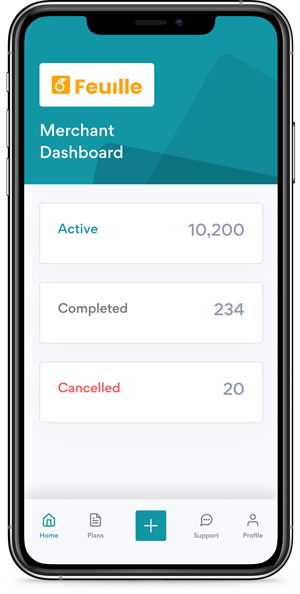Laybys are stepping back into the limelight of payments.
The Save Now, Buy Later (SNBL) market is becoming increasingly more attractive for shoppers to finance their purchases. Since the global pandemic shook the world and turned the way people engage with the outside world on its head, online shopping has exploded in popularity, with more people moving to a digital way to shop.
A rise in digital payments
The pandemic forced many brick-and-mortar retailers to look to online means to keep up with the national lockdown and quickly adopt digital payments. This accelerated growth in online shopping has led to retailers looking at new ways of taking payments.
According to a report from Worldpay, the global e-commerce transactions have risen by nearly 20% since 2019 – a direct indication of where retail has – and continues to – moved.
“Thanks, no doubt, to the tough economic climate, lay-by has gone mainstream – retailers big and small are now offering lay-bys, quite simply because they’ll lose out if they don’t.”
– Wendy Knowler, Consumer journalist.
With this surge in online sales, digital instalment-based payments have also seen a massive spike with customers making payments over a fixed amount of time.
The ever-increasing popularity of layby solutions
Many of South Africa’s largest retailers offer layby as their payment plans for customers. As a service, customers can make a deposit to “reserve” an item and pay the outstanding balance over a number of smaller instalments. The retailer holds the product as the customer pays it off and the customer receives the item once it’s been fully paid for.
The layby system allows a person to commit to a payment plan that doesn’t lock them into any debt or interest accumulation. It also gives them a guarantee that they’ll get their item once it is paid for and if they choose to cancel the purchase, they get their money back.
Layby payments are used widely across the retail sector with brands like The Foschini Group, Pep, Ackermans and Mr Price offering in-store Lay-By payments to customers. The traditional in-store layby solution remains available to customers as a popular way for them to reserve a product without relying on them taking out credit. However, the contracts with in-store layby systems don’t boast the convenience of online payments, an important aspect of the digital way the world is heading.
Digital payments, without any credit-related red tape
Offering a digital layby method for customers has become increasingly important as customers look to make online purchases without relying on credit cards. With online layby systems, customers get to enjoy the benefits of an interest-free, debt-limiting payment solution and retailers gain access to a wider audience online.
The proof of the popular payments solution is in the pudding:
In April, online retailer My Runway integrated a digital layby feature in partnership with payments solution platform LayUp. My Runway’s integration with LayUp was directly into its API, with customers given the opportunity to select LayUp at checkout on the company’s online store and on its mobile app.
Digital layby brings in the convenience of online payments for customers without the need to use credit while offering them the way to break down payments for goods they might not buy in one full amount. It’s everything customers gain from layby without the need to come back to the store to make their instalments.
Digital layby: the best of both worlds
With layby payments on the rise along with online shopping, making sure customers are given different choices in their payments plan is essential. The digital LayBy approach ticks both boxes neatly: It offers customers different payment options while they shop online as well as providing an interest-free payment plan for them to save while they shop.

